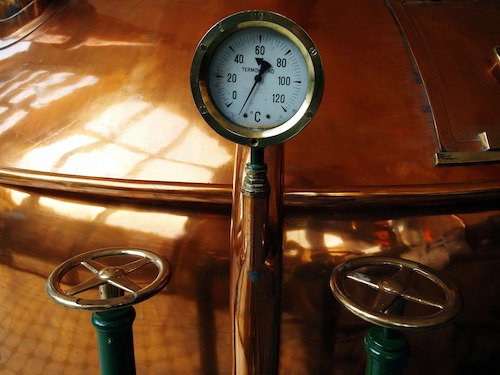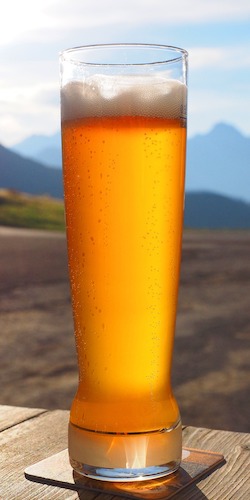Special Feature: Products Sally Recommends
how is yeast used to make beer?

Although we have ideas of how grain, fruits, and hops work to produce beer, most of us are unsure about the use of yeast in beer production. Yet, this fascinating metabolism in a tiny fungus yeast significantly impacts brewing production. They help create an exclusive aroma and flavour that make a unique individuality and signature for a particular style.
What is yeast?
By definition, yeast is a living single-celled organism with a nucleus that belongs to the unicellular fungus group. It doesn't require sunlight to survive and has been used as an enzyme in fermentation for hundreds of years. Yeast strains used in beer brewing are called Saccharomyces and cerevisiae- producing fermentation by providing sugar into alcohol and carbon dioxide.
The scientific evolution of yeast in fermentation
In the 17th century, Antoni van Leeuwenhoek, a Dutch tradesman, first invented a high-quality lens to observe the fungus. He watched all the tiny organisms like bacteria, protozoa, and yeast during his leisure time. It is how Antoni discovered beer yeast floating in fungus but assumed it as merely a starch object of the grain wort used in the beverage.
Later, in the year 1755, yeast was first recorded by Samuel Johnson and defined as the ferment to make the brew work. Finally, in the 18th to 19th centuries, chemists started to work hard to find the contribution of beer yeast and nutrients in fermentation. They have analyzed the mechanism that converts sugarcane into carbon dioxide and alcohol, figuring out that yeast release sugar into carbon dioxide and alcohol content and create perfect fermentation without changing the flavour.

The role of yeast in beer brewing
Brewers from the middle age weren't even aware of the prominent contribution of beer yeast and nutrients. Instead, they used a new vat of liquid wort for fermentation that disappeared within a few hours. So, the discovery of yeast and its usefulness in brewing came as a revolution.
Generally, there are two types of yeast used in the beer brewing process: Lager yeast and Ale yeast. Lager yeast typically hangs in the bottom of the bottle where the fermentation occurs. It requires the cold temperature to work and extract the fruit aroma in the beer. Meanwhile, Ale yeast requires a warm temperature, and fermentation takes place on the top. Ale yeast ferment works best at 60-70-degree Fahrenheit, which provides the extract of British dried fruits in the brew.
How does yeast work in the beer brewing process?
In a proper environment, yeast absorbs the oxygen from the fermentation vessels, helping to produce the alcohol and carbon dioxide, ethanol, and fruity extract – required for production. When all the sugar particles get executed in the beer, yeast cells settle to the bottom or top of fermentation, creating a thick layer on the top that can easily separate from the liquid. It also absorbs various components like sulphur volatiles, organic acids, buttery diacetyl, and spicy phenol to protect the aroma and taste of the finished product.
Note: This information was accurate when it was published. Please be sure to confirm all rates and details directly with the businesses in question before making your plans.



